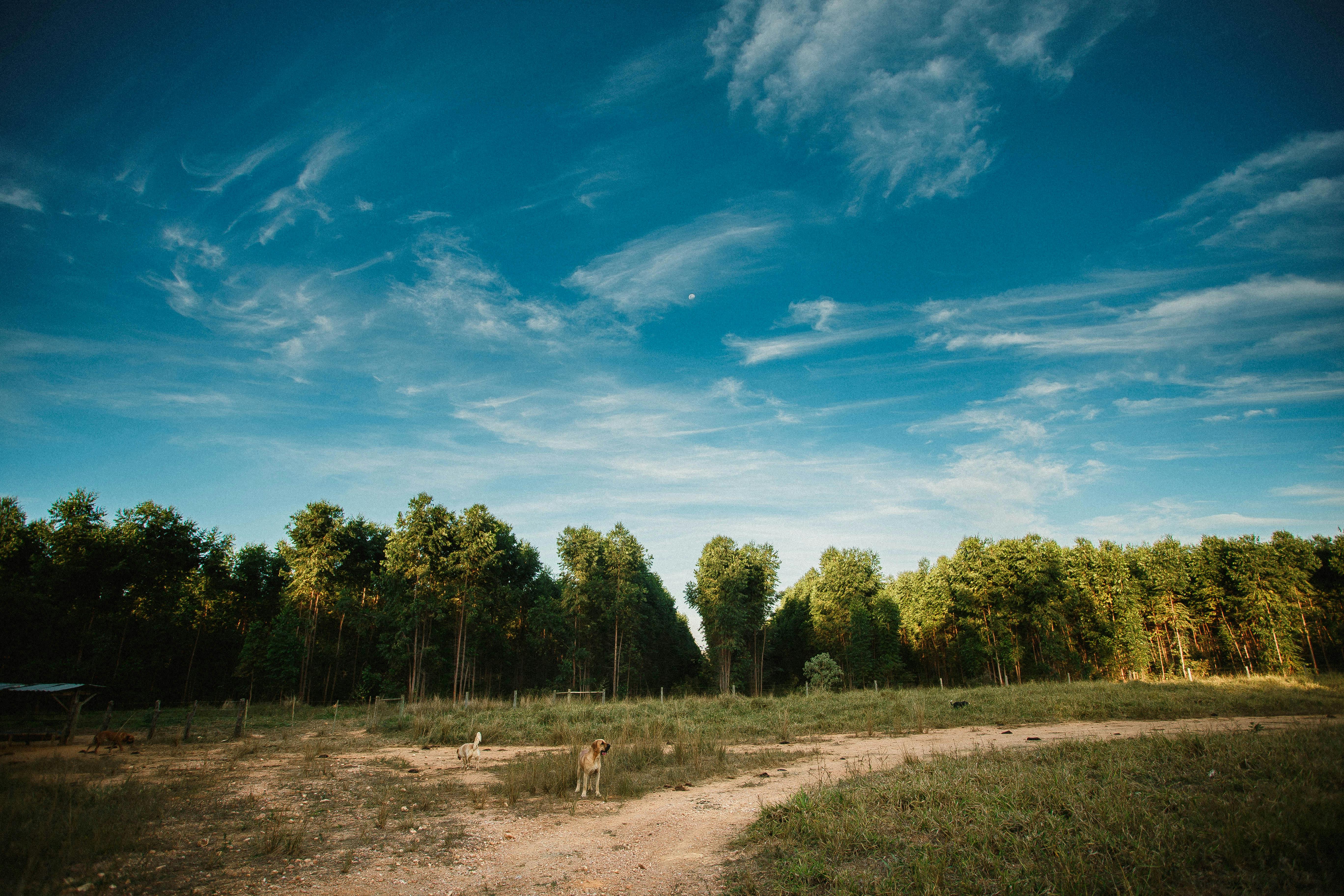Bees are an essential part of our ecological system. Without them, there would be little to no cross-pollination of plants and without this, plants cannot produce seeds or fruit. They are the reason our flower beds are bursting with flowers in the summer and without these beautiful creatures, vegetable and fruit trees would be barren. By placing a bee box in your garden or patio, you will help the bees to survive.
Red mason bees require a box filled with hollow tubes as their ideal nesting environment; cut bamboo pieces are ideal. they put their eggs individually with a plug of mud between each and a supply of nectar or pollen to sustain the larvae. They like to use holes in rotten wood or thick stems for nesting; brambles and parsley make good homes for them as tenants.
Wildlife Mason Bee Box is a unique, solitary bee home designed to attract bees such as Red Mason or Orchard Bee, which are non-swarming varieties. These groups are especially drawn to holes in the wood and the Wildlife Mason Box provides an ideal environment that is increasingly difficult to find naturally in modern gardens – we gardeners have become tidy creatures, but unfortunately that is not what they need the most mason bees. However, by providing a box we can ensure the continuation of the species; it is also an extremely attractive feature to have in the garden.
The specially designed Wildlife Mason Bee Box is made of durable FSC wood and can be positioned in a number of ways:
Hanging from the rear hanger
Remove the rear hanger and screw the box to a wall or fence so that its base is located against that wall or fence
Located at its base
The box should be hung or placed so that the open front points downward to prevent rain from entering. Mason bees prefer their home to be off the ground, so the box is ideally positioned when attached to a post or tree.
The nest contains different sized cardboard tubes/sticks specifically perforated which are ideal for Mason bees to lay their eggs on. The tubes are hermetically packed, so they resist removal by woodpeckers, which are a natural predator of mason bees in particular.
Ideally, the box should be located in a warm spot in your garden, preferably in a south-facing direction to hopefully receive morning sun. Unlike their larger cousins, the Bumble Bee, Mason Bees are happy to bask in the warmth of direct sunlight. Once Mason Bees become established tenants in the box, their numbers will grow steadily for years to come.
They like to have a regular supply of food within easy reach of their home; If you don’t already have a bee cafe, try locating the box near a place where they will forage for food: flower beds, near a wall with a climbing plant, or even under a hedge. Bees may have undertenants: Mice often use bee boxes for nesting. If that happens, just leave your nesting materials in place; they will put them to good use next year.
